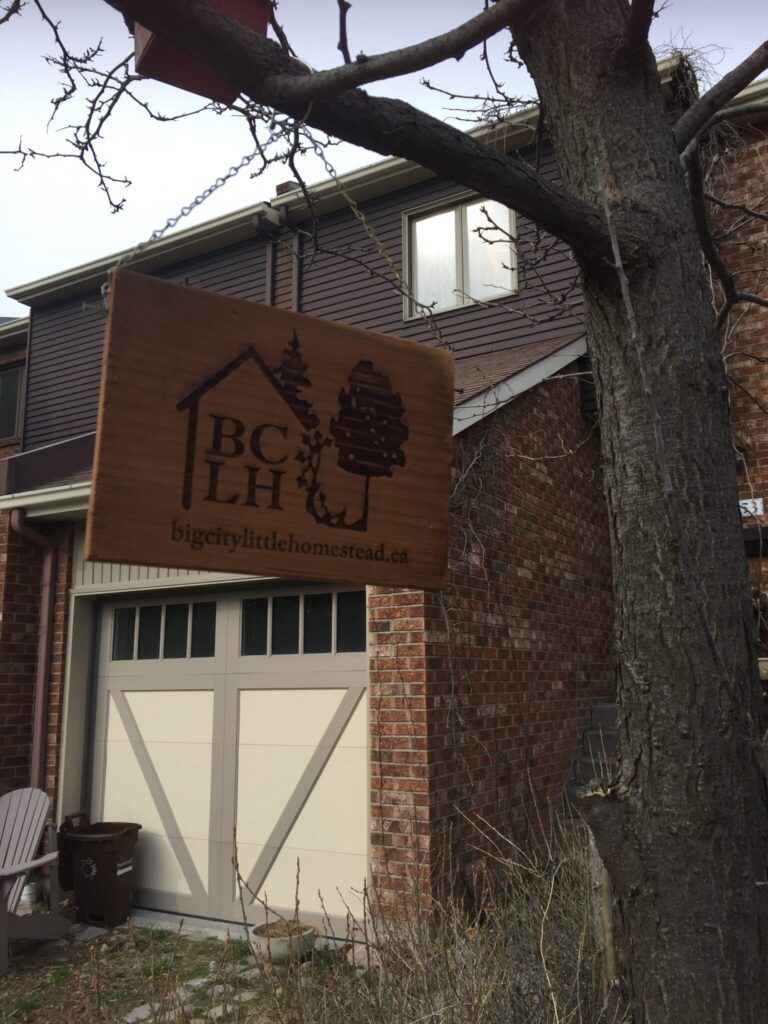(The photos in this post are terrible, but that’s the camera I have right now.)
In making my home more energy-efficient, one of the first projects that I could get off the ground was changing the lighting. Here’s one reason it was so necessary:

Recessed lighting, beloved by designers and dwellers alike, shouldn’t be installed in a ceiling that vents into the attic (or space below the roof, like in a cathedral ceiling). A pot light necessarily needs to shed the heat of the light unit. It may look nice, but you’re creating a gaping hole, 5″ in diameter, through which all the heat escapes. Heat rises, pulling in air from below, which means you’re constantly heating fresh air that must come in from the outside. Don’t have unsealed holes in your ceiling! (If you’re using the new LED units, which don’t throw off that much heat, you have to seal the casing to the ceiling.)

That’s not the only issue. Unless the pot light has a fireproof box, you’re putting yourself at risk of an electrical fire in your attic. Because, like the above picture shows, insulation batts or blown insulation are layered on top of the electrical wiring.
Look to the right: the dark staining that you see on the Fiberglass Pink is where the batt has acted like an air filter: it’s dust. Fibreglass is slow to catch fire, but there is still has fuel to burn.
Changing the fixtures
One of my priority projects was therefore to cut down on the heat loss by removing the seven recessed lights in my attic ceiling. Three were in the foyer ceiling (pictured below), and four in the bathroom.
The electrician installed junction boxes for regular ceiling lights above the bathroom vanity and at the top of the foyer. I installed some temporary track lighting above the vanity until I can find fixtures I want. We used a swag lamp in the foyer. He also installed a new sconce in the bathroom. I patched over the holes in the ceiling.


We then took these recessed light units and installed them in my basement. With only one recessed light and a pair of sconces, it had been dreadfully dim. Two table lamps and two desk lamps kept things cozy and functional. Still, more overhead lighting would be nice.


Now that I moved five recessed lights down there (six in total), I replaced the halogen bulbs (GU10s; kept to replace burn-out bulbs as-needed for the main floor lights) with brand new LED bulbs. At 5–6W each, the current light circuit uses as much electricity as the single 35W halogen bulb had, before!
Installing the solar tunnels
All of the above effort was a necessary refresh, but it paved the way for something I’ve wanted to do for a long time: bring natural light indoors by installing a solar tunnel! Natural lighting upstairs was entirely dependent on the bedroom and bathroom doors being open. If they were closed, the whole foyer was dark at mid-day. So I’d left one recessed unit in place until the solar tunnels were installed, because the electrician had to come back to connect the light kits.
I ordered the solar tunnels from Velux through my installer. We needed a permit to do this, but they did not have to send it to “study,” because it wouldn’t affect the appearance of the house from the street.
We were really lucky on the late December day the installer scheduled: The weather was unseasonably warm. Installing a solar tunnel involves cutting a big hole in the roof to install the lens and one in the ceiling to insert the diffuser. Then the tunnel to connect the two, and then the light fixtures on the inside of the tunnel. Since we were installing two, I bought a light kit for each of them, so they would be connected to the light switch for nighttime illumination. I also bought the energy kit to make them eligible for the EcoRenov tax credit (now the RénoVert tax credit, good through 2019). This energy kit installs an extra thermal break so that the cold isn’t conducted down into your living space.
The work
You need two skilled workers for the job: one in your attic and one on your roof, fitting together the couplings that will seal the unit and keep water out. And later, the electrician, unless the installer is certified.




The result
The solar tunnels immediately made a big difference – natural light provides quality of life! The formerly dark stairwell is now filled with light:






After painting the ceilings – and the whole bathroom (note the green, then the yellow) – the job was done, and I’m really pleased with it. Money well spent.
To clean the light diffuser: moths who will eventually find their way into the attic and into the tunnel, so to clean it, you simply spin the lock ring, flip the lock tabs, and then pop the circular plastic disc out. It has a rubber gasket seal. Then wash and dry it and pop it back in. Easy-peasy; the hardest part is dealing with the step ladder.






